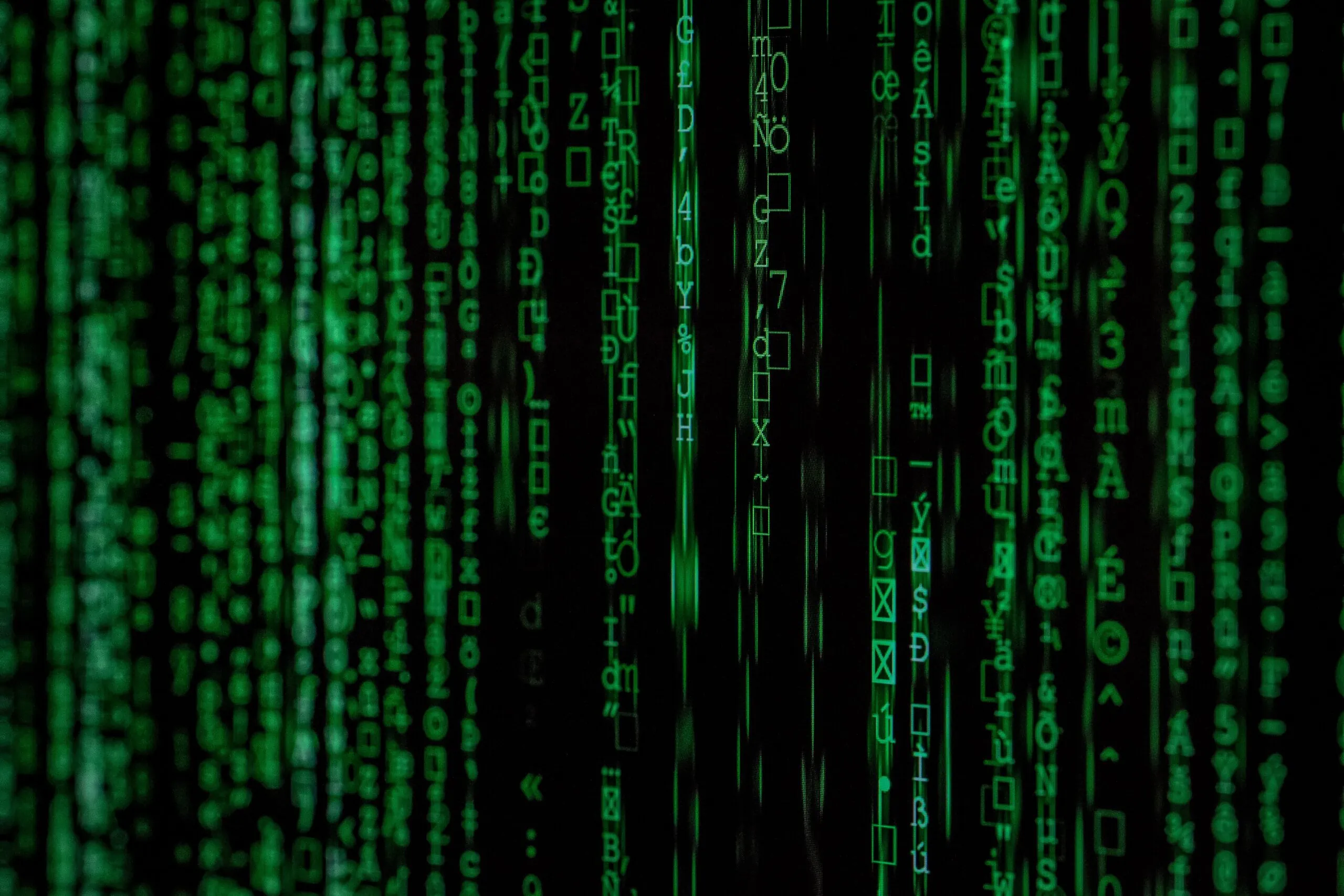Introduction: What is Spillage in Cybersecurity?
In the dynamic world of cybersecurity, it is crucial to understand the concept of spillage and its implications. Spillage refers to the unintended or unauthorized disclosure, transfer, or leakage of sensitive information or data. It occurs when data, whether intentionally or accidentally, leaves its designated secure environment.
Spillage can have severe consequences for individuals, organizations, and even nations. The loss or exposure of sensitive data can lead to reputational damage, financial losses, legal implications, and compromised privacy. Understanding spillage is vital to ensure the protection of valuable information and to develop effective strategies to prevent and respond to cyber threats.
In this blog, we will delve into the definition of spillage in cybersecurity and explore its different forms and causes. We will discuss the potential impact of spillage incidents and highlight the importance of proactive measures to prevent them. Additionally, we will explore the detection and response procedures in the event of spillage, along with real-life case studies to illustrate the significance of this topic.

Common Causes of Spillage
Spillage can take various forms, including accidental email forwarding, misdirected communications, data leakage through removable media, or unauthorized access to sensitive files or systems.
- Human error: One of the primary causes of spillage is human error. It can range from employees accidentally sending sensitive information to the wrong recipients to mishandling data storage devices or improperly configuring security settings. Human mistakes can occur due to carelessness, lack of awareness, or insufficient training.
- System vulnerabilities: Spillage can also result from system vulnerabilities and weaknesses. Exploiting software vulnerabilities, weak passwords, unpatched systems, or misconfigured access controls can provide cybercriminals with an opportunity to gain unauthorized access to sensitive data, leading to potential spillage incidents.
- Malicious activities: Spillage can be caused by deliberate and malicious activities orchestrated by cybercriminals. These activities include hacking into systems, stealing login credentials, deploying malware or ransomware, or conducting phishing attacks to trick individuals into disclosing sensitive information. Such malicious actions can result in data breaches and spillage incidents.

Consequences of Spillage
As a result of spillage, there are many unwanted consequences that range from reputational damage to legal implications.
Data Exposure and Compromise
The primary consequence of spillage is the exposure and compromise of sensitive data. This can include personally identifiable information (PII), financial data, intellectual property, or confidential business information. When this data falls into unauthorized hands, it can be exploited for various malicious purposes, such as identity theft, financial fraud, or corporate espionage.
Reputational Damage
Spillage incidents can have severe reputational repercussions for individuals and organizations. When news of a data breach or spillage incident becomes public, it erodes trust among customers, partners, and stakeholders. The loss of trust can lead to a decline in business, customer churn, and damage to the overall brand reputation.
Legal and Regulatory Implications
Spillage incidents can also have legal and regulatory consequences. Depending on the nature of the data and applicable laws, organizations may face penalties, lawsuits, and regulatory scrutiny. Compliance with data protection regulations, such as the General Data Protection Regulation (GDPR) or the California Consumer Privacy Act (CCPA), is crucial to avoid legal liabilities.

Types of Spillage: Data Spillage
Data spillage refers to the unauthorized disclosure or exposure of sensitive data, such as personal information, financial records, or confidential business data. It occurs when data is inadvertently shared with unauthorized individuals or entities. Examples of data spillage include accidentally sending an email containing sensitive information to the wrong recipient, misplacing storage devices with confidential data, or improperly securing data in cloud storage.
Several factors can contribute to data spillage. Human error, such as clicking on malicious links or failing to follow security protocols, is a common cause. Additionally, system vulnerabilities, such as unpatched software or weak access controls, can create opportunities for cybercriminals to gain unauthorized access to data.
The consequences of data spillage can be significant. It can lead to identity theft, financial fraud, or reputational damage for individuals and organizations. Data spillage can also result in legal and regulatory repercussions, including fines and penalties for non-compliance with data protection laws.

Types of Spillage: Network Spillage
Network spillage occurs when sensitive information is unintentionally exposed or transmitted over a network to unauthorized recipients. This can happen through misconfigurations, network breaches, or interception of network traffic. For example, if a network is not properly secured, an attacker could gain access to sensitive data being transmitted between systems.
The causes and risks of network spillage are diverse. Weak network security measures, such as inadequate encryption or insufficient access controls, can make networks vulnerable to unauthorized access. Exploiting network vulnerabilities or launching man-in-the-middle attacks are other common methods used by cybercriminals to intercept and extract sensitive information.
To mitigate network spillage, organizations should implement robust network security measures. This includes using strong encryption protocols, implementing access controls, regularly monitoring network activity, and conducting vulnerability assessments.

Types of Spillage: Intellectual Property Spillage
Intellectual property spillage refers to the unauthorized disclosure or loss of valuable intellectual property (IP), such as trade secrets, patents, or proprietary information. It can occur through various means, including cyber attacks, insider threats, or improper handling of IP assets.
Protecting intellectual property is crucial for businesses as it represents their competitive advantage. Preventive measures for intellectual property spillage include implementing access controls, conducting regular IP audits, educating employees about the importance of IP protection, and establishing confidentiality agreements with partners and contractors.
By recognizing the specific risks and consequences associated with data spillage, network spillage, and intellectual property spillage, businesses can implement appropriate measures to safeguard sensitive information and protect their assets from unauthorized exposure or loss.

Detecting Spillage Incidents
Effective detection of spillage incidents is essential for timely response and mitigation. Several techniques can be employed to identify and detect spillage:
- Intrusion detection systems (IDS): IDS monitors network traffic and systems for suspicious activities or unauthorized access attempts. It can detect anomalies and potential spillage incidents by analyzing patterns and behavior that deviate from normal network activity.
- Data loss prevention (DLP) tools: DLP solutions are designed to prevent the unauthorized transmission or disclosure of sensitive data. They use content analysis, data classification, and policy enforcement to detect and prevent data spillage incidents.
- Log analysis and monitoring: Regularly analyzing logs and monitoring system activities can help identify signs of spillage. Unusual login attempts, unexpected data transfers, or changes in access patterns can indicate potential spillage incidents.

Responding to Spillage Incidents
In the event of a spillage incident, a well-defined incident response plan is crucial to minimize the impact and restore normal operations. The following steps are typically part of incident response procedures:
Identifying and Containing the Spillage
Once a spillage incident is detected, the affected systems or networks should be isolated to prevent further unauthorized access or data exposure. This involves disconnecting compromised systems from the network and disabling compromised accounts.
Mitigating Further Damage
Prompt action must be taken to mitigate the effects of spillage. This may include applying patches, updating security controls, or implementing temporary measures to restore system functionality while investigations are ongoing.
Investigating the Root Cause
It is important to determine the cause and extent of the spillage incident. Forensic analysis and investigation techniques can help identify the vulnerabilities or actions that led to the spillage. This information is valuable for improving security measures and preventing future incidents.
By employing robust spillage detection techniques and implementing comprehensive incident response procedures, companies like K3 Techs can swiftly identify and respond to spillage incidents. This proactive approach helps minimize the impact of spillage, mitigate further damage, and enhance overall cybersecurity posture.

Preventing Spillage in Cybersecurity: Employee Awareness and Training
One of the key factors in preventing spillage incidents is ensuring that employees are well-informed and trained in cybersecurity practices. K3 Techs recognizes the importance of cybersecurity education and promotes a culture of security awareness among its workforce. The following measures can help prevent spillage incidents:
Importance of Cybersecurity Education
Employees should be educated about the significance of cybersecurity and the potential risks associated with spillage incidents. Regular training sessions and awareness programs can help employees understand their role in maintaining data security and how their actions can impact the organization.
Best Practices for Data Handling and Security
Training should focus on best practices for data handling, such as secure file transfer, password management, and secure disposal of sensitive information. Employees should also be educated about the dangers of phishing emails, social engineering, and other common attack vectors.

Preventing Spillage in Cybersecurity: Robust Security Measures and Controls
Implementing robust security measures and controls is essential to prevent spillage incidents. K3 Techs employs the following practices to safeguard data:
- Access controls and authentication mechanisms: Proper access controls, including strong passwords, two-factor authentication, and role-based access, help ensure that only authorized individuals have access to sensitive data.
- Encryption and data protection measures: Encryption plays a vital role in protecting data, both in transit and at rest. Employing encryption technologies and data protection measures helps safeguard information even in the event of unauthorized access or data breaches.
- Regular software updates and patch management: Keeping software and systems up to date with the latest security patches is crucial in preventing exploitation of known vulnerabilities. K3 Techs maintains a robust patch management process to address any identified security vulnerabilities promptly.

Preventing Spillage in Cybersecurity: Incident Prevention Strategies
In addition to employee education and security measures, implementing incident prevention strategies is crucial to minimize the risk of spillage incidents. K3 Techs employs the following strategies:
Implementing Cybersecurity Policies and Procedures
Clearly defined cybersecurity policies and procedures outline expectations and guidelines for employees to follow. This includes acceptable use policies, incident reporting procedures, and guidelines for handling sensitive data.
Conducting Risk Assessments and Audits
Regular risk assessments and audits help identify potential vulnerabilities and areas for improvement. By identifying weak points in the system, K3 Techs can take proactive steps to mitigate risks and prevent spillage incidents.
Continuous Monitoring and Threat Intelligence
Constant monitoring of network traffic, system logs, and other security metrics allows for early detection of any suspicious activities or potential spillage incidents. Incorporating threat intelligence feeds and staying updated on emerging threats helps K3 Techs proactively defend against evolving cyber threats.
By prioritizing employee education, implementing robust security measures, and employing incident prevention strategies, organizations can significantly reduce the likelihood of spillage incidents and strengthen their overall cybersecurity posture.

Conclusion: What is Spillage in Cybersecurity?
Understanding the concept of spillage in cybersecurity is crucial for organizations in today’s digital landscape. Spillage refers to the unintentional or unauthorized exposure or compromise of sensitive information, which can have severe consequences. K3 Techs emphasizes the importance of addressing spillage incidents through a comprehensive approach that includes detection, response, prevention, and employee awareness.
By implementing effective spillage detection techniques such as intrusion detection systems, data loss prevention tools, and log analysis, organizations can quickly identify and respond to spillage incidents. Incident response procedures play a vital role in containing the spillage, mitigating further damage, investigating the root cause, and establishing communication protocols.
Prevention is equally essential in minimizing the risk of spillage incidents. Employee awareness and training, robust security measures and controls, and incident prevention strategies form the foundation of a proactive cybersecurity approach. Educating employees about cybersecurity best practices, implementing access controls, encryption, and regular software updates, and conducting risk assessments and audits contribute to a strong defense against spillage incidents.
By adopting these preventive measures, organizations can safeguard sensitive data, protect their reputation, and comply with legal and regulatory requirements. Understanding spillage and taking proactive steps to prevent it are vital for maintaining a secure and resilient cybersecurity posture in today’s digital world.






